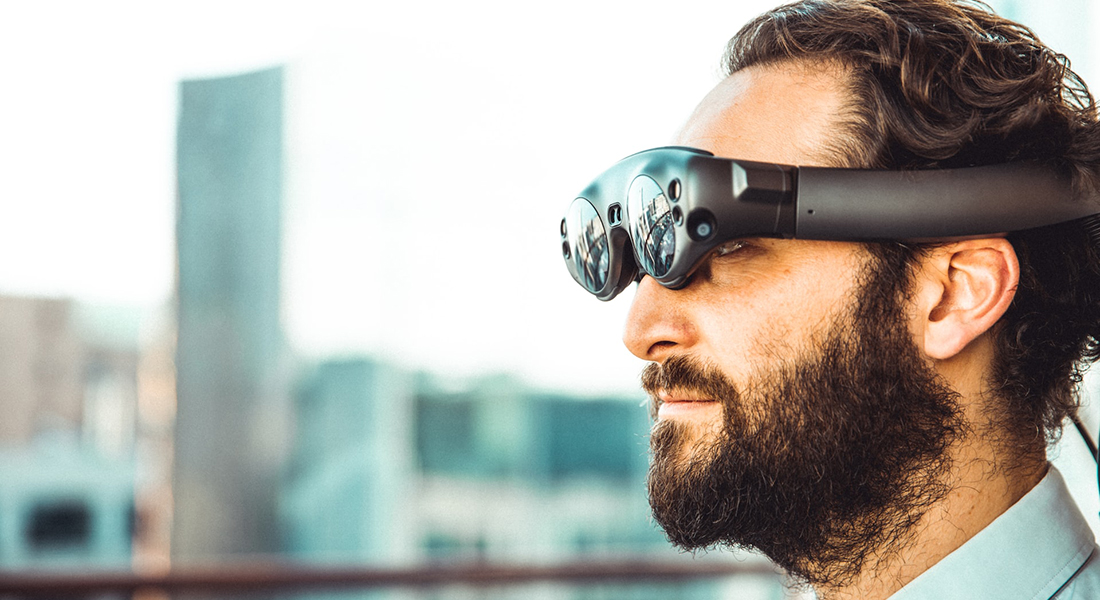Researchers will enhance visual impressions using AR technology
A research collaboration between a psychologist and a computer scientist is now supported with 3 million DKK from the Villum Foundation. The researchers will investigate how visual impressions can be strengthened using the computer technology augmented reality.

The human visual system is remarkable. We can quickly distinguish objects and monitor our surroundings. Yet we humans have a hard time seeing changes between two nearly identical scenes, and so we regularly miss visual information that can be crucial.
Søren Kyllingsbæk, professor of cognitive psychology, and Kasper Hornbæk, professor of computer science, have teamed up to solve that challenge. They suggest using augmented reality (AR) to overcome the limitations of human vision.
“In AR, people see the real world through a headset, while a computer system overlays information or replaces part of the real-world image. However, the current AR systems are not firmly rooted in psychological knowledge about vision," explains Søren Kyllingsbæk.
Grant takes on great importance
Søren Kyllingsbæk has expertise in visual attention, while Kasper Hornbæk is an expert in AR. The Villum Foundation has also noticed how the combined knowledge can lead to new breakthroughs. The foundation has therefore chosen to support the researchers' work with 3 million DKK from Villum Synergy, which is Denmark's largest program for data-driven, interdisciplinary research.
"The grant is of great importance for my research collaboration with the Human-Centred Computing section at the Department of Computer Science, where I work half time. The research project will also play a major role in our new bachelor's degree in cognitive data science across SAMF, SCIENCE, HUM, and SUND, which launches in September 2023," says Søren Kyllingsbæk.
More strings to the bow
First, Søren Kyllingsbæk and Kasper Hornbæk will investigate how well existing models of visual attention can be used in AR.
The knowledge we gain about visual attention must be used to develop prototypes of AR systems that improve vision.
The researchers will also develop new experimental paradigms for measuring and modelling visual attention. The new methods will open possibilities to study visual attention in 3D environments much closer to how we solve problems using vision in real life situations.
"The knowledge we gain about visual attention must be used to develop prototypes of AR systems that improve vision. The new systems must be able to find objects and detect changes in complex scenes," says Søren Kyllingsbæk.
He adds that the researchers will ultimately assess the usability of the prototypes for end users and support for visual problem solving.
Contact
Søren Kyllingsbæk
Professor
E-mail: soeren.kyllingsbaek@psy.ku.dk
Phone: +45 35 32 48 61
Simon Knokgaard Halskov
Communication officer
E-mail: sih@samf.ku.dk
Phone: +45 93 56 53 29
